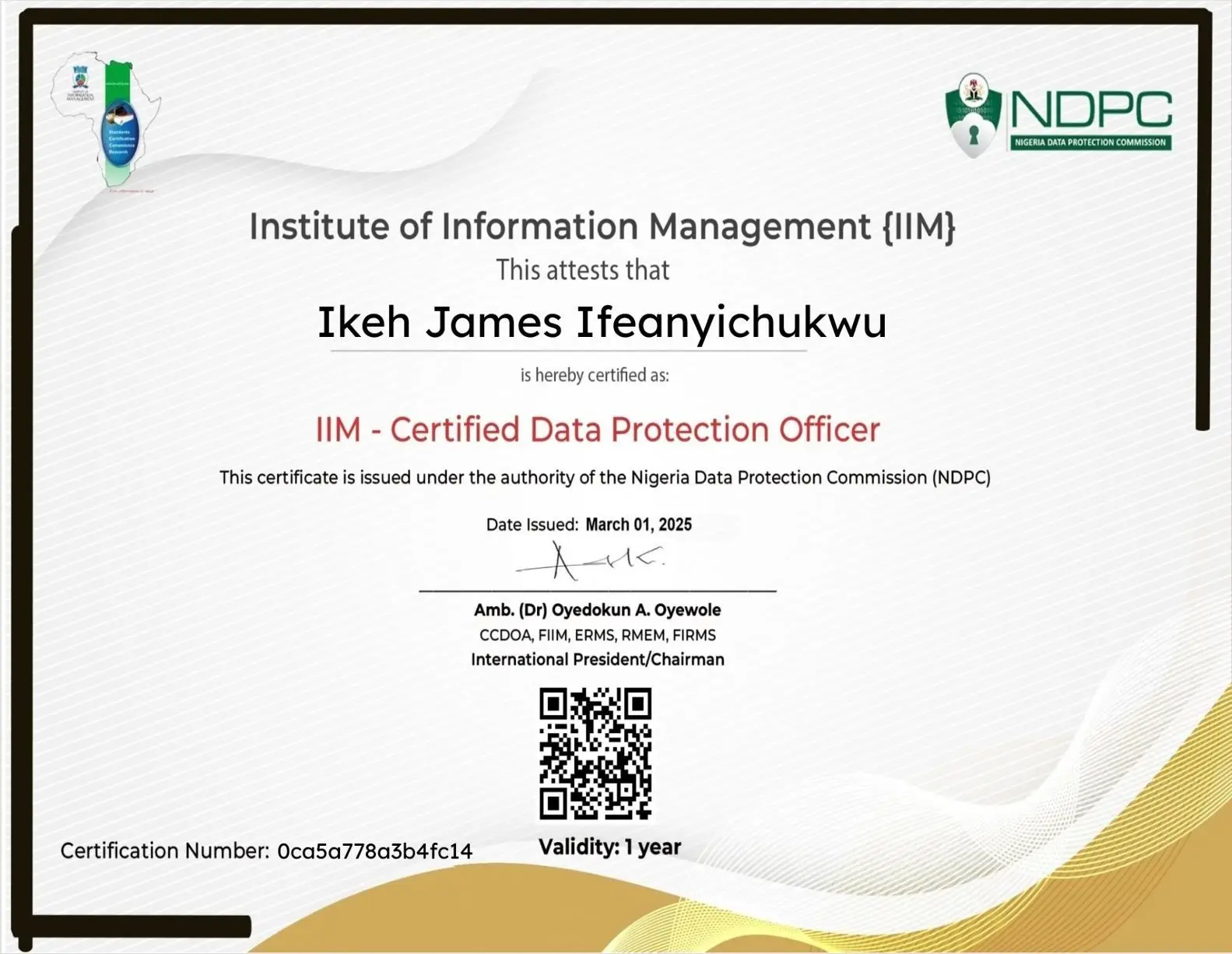Open Banking in 2026: Can Fintech Keep Your Money Safe?
Share

The financial technology (fintech) revolution has transformed the way we manage, transfer, and access money. Coupled with open banking, which allows third-party providers to access banking data via secure APIs, fintech promises convenience, innovation, and personalized services.
However, with these innovations comes significant responsibility: securing customer data. In 2026, as fintech adoption grows worldwide, protecting sensitive financial data will be the defining challenge for banks, fintech startups, and regulators.
This article explores the current landscape of open banking, emerging cybersecurity risks, best practices for securing customer data, and regulatory frameworks shaping the industry.
What is Open Banking?
Open banking refers to the practice of banks and financial institutions sharing customer financial data with third-party providers (TPPs) via secure application programming interfaces (APIs), with the customer’s explicit consent.
Key Components:
- API Access: Third parties can access customer accounts securely.
- Consent Management: Customers control who sees their data.
- Data Sharing Protocols: Standardized APIs ensure interoperability and security.
Example: A fintech budgeting app can access a customer’s bank account via open banking APIs to provide real-time spending insights, without storing full banking credentials.
Why Customer Data Security is Critical
Fintech and open banking rely on sensitive financial data, including:
- Account numbers and balances
- Transaction history
- Personal identifiers (name, email, phone)
- Payment methods (cards, digital wallets)
Risks of Poor Security
- Data Breaches: Hackers can steal sensitive financial data.
- Identity Theft: Stolen data can be used for fraudulent transactions.
- Reputational Damage: A single breach can ruin customer trust.
- Regulatory Penalties: Non-compliance with GDPR, NDPA, or PSD2 can lead to hefty fines.
Real-World Example: In 2020, a vulnerability in a European fintech app allowed hackers to access user accounts via the API, exposing sensitive customer data.
Open Banking Security Challenges
1. API Vulnerabilities
APIs are the backbone of open banking. However, poorly secured APIs can be entry points for cyberattacks. Common issues include weak authentication, unencrypted data transfer, and improper rate limiting.
2. Third-Party Risk
Fintech apps often rely on third-party service providers. If these providers are compromised, customer data can be exposed, even if the bank’s own systems are secure.
3. Phishing and Social Engineering
Customers may be tricked into granting access to malicious apps, thinking they are legitimate fintech services.
4. Regulatory Complexity
Open banking spans multiple jurisdictions. Companies must comply with GDPR (EU), NDPA (Nigeria), PSD2 (EU), CCPA (California), making global compliance challenging.
Best Practices to Secure Customer Data in Open Banking
| Security Measure | Description & Benefits |
|---|---|
| Strong Customer Authentication (SCA) | Two-factor authentication (2FA) and biometrics reduce fraud risk. |
| Encrypted Data Transfer | Use TLS/SSL encryption to secure data in transit. |
| API Security Standards | Implement OAuth 2.0, JWT, and regular API testing. |
| Third-Party Risk Management | Vet all partners and enforce compliance requirements. |
| Regular Audits & Penetration Testing | Identify vulnerabilities before attackers do. |
| Minimal Data Collection | Only collect what is necessary for the service. |
| Customer Awareness Programs | Educate users about phishing, fraud, and consent management. |
Example: UK’s Open Banking Implementation Entity (OBIE) mandates strict SCA and API standards to protect customers across fintech platforms.
Emerging Trends in 2026
- Decentralized Finance (DeFi) Integration
Open banking may increasingly intersect with blockchain-based DeFi, creating new challenges for data privacy and regulatory compliance. - AI-Driven Fraud Detection
Artificial intelligence and machine learning will monitor transactions in real time to detect anomalies and prevent fraud. - Privacy by Default & Data Minimization
Regulators worldwide are enforcing stricter rules requiring apps to collect only essential data and protect it by design. - Cross-Border Open Banking
Global APIs will enable international financial services, requiring harmonized regulations and data security standards.
Regulatory Landscape
GDPR (European Union)
- Requires explicit consent, secure storage, and breach notifications.
- Ensures customers can request deletion of personal data.
NDPA (Nigeria)
- Mandates customer consent, data localization in some cases, and strong security measures for fintech services.
PSD2 (EU Payment Services Directive 2)
- Ensures open banking APIs are secure, with strict SCA for all transactions.
CCPA/CPRA (California, USA)
- Provides customers rights to know, delete, and opt-out of the sale of personal data.
FAQs
Q1: Is open banking safe for my money?
Yes, if the app and bank comply with regulations and use strong security measures. Users should also practice safe digital habits.
Q2: Can hackers access my accounts through fintech apps?
Potentially, if apps or APIs are not secure. That’s why regulation, audits, and SCA are critical.
Q3: How can I protect my data as a user?
Only use regulated apps, enable 2FA, review app permissions, and avoid phishing scams.
Conclusion
Fintech and open banking are shaping the future of financial services, offering convenience, innovation, and financial inclusion. However, securing customer data is not optional—it’s critical.
In 2026, banks, fintech startups, and regulators must collaborate to ensure robust API security, privacy-by-default practices, and compliance with GDPR, NDPA, and PSD2.
For customers, vigilance, consent management, and responsible app usage will remain the first line of defense.
The question remains: Can fintech deliver convenience without compromising trust? The answer will define the future of digital finance.


























Leave a Reply